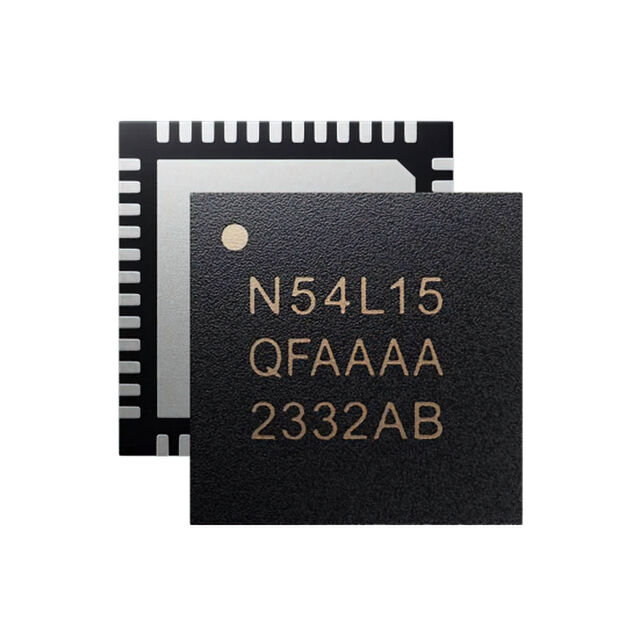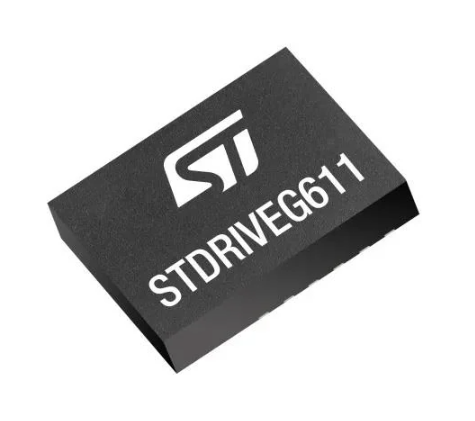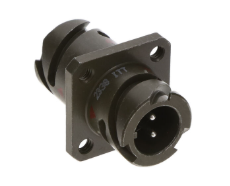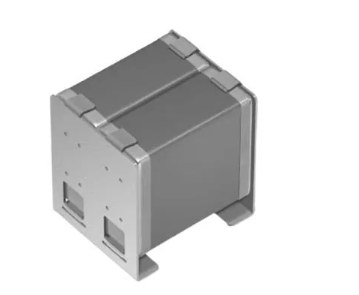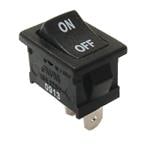Mission-ready connectors
Defence and military applications call for high levels of reliability. With no room for failure, electronic components like connectors must withstand Earth’s testing environmental conditions including extreme temperatures and excessive debris.
By Glenn Piper, Director of Global Product Management, WireMasters
No matter where they’re deployed, from deserts to outer space, each connector must interconnect systems flawlessly.
From the icy arctic lows of -55°C to scorching 56°C desert heat, harsh conditions demand smart component design to withstand such extremities. Only connectors with high thermal stability and low expansion coefficients will succeed in preventing warping or cracking in these temperatures. Along with temperatures, connectors must also tolerate constant vibration and shock, especially in military aircraft and vehicles where failures from wear could implicate critical missions.
In other environments like deep-sea or high-altitude zones, pressure becomes another physicality to endure. Low-pressure conditions, like high-altitude settings face pressure drops below 10.1 kPa, a vast difference compared to deep-sea depth which can reach highs up to 1MPa. With pressure as a design focus, it’s critical to ensure that connectors remain intact in these conditions, with material integrity and its electrical properties unaffected.
Materials driving integrity
Mil-Spec connectors rely on appropriate material selection when designing for harsh environments. Materials directly influence a connector’s ability to withstand such conditions, while ensuring performance and longevity. Take circular connectors, for example. Used in military radars and communication equipment, they must be reliable in extreme temperatures, requiring materials that combine strength and lighter weight with thermal stability.
Used widely in aerospace and ground vehicle, aluminium housings offer the same corrosion resistance as other stainless-steel options with up to 65% weight reduction. Simultaneously, stainless steel housings offer up to three times the tensile strength of aluminium, making them well suited for applications that experience high vibration levels like jet engines or armoured vehicles.
High-grade engineered plastics like thermoplastics polyetheretherketone (PEEK) and polytetrafluoroethylene (PTFE) have become widely used in military applications due to significant weight reduction. While they provide enhanced resistance to chemical exposure, moisture and extreme temperatures, they also cut component weight by up to 50 per cent compared to metal alternatives.
Strategy in connector sourcing
The procurement of Mil-Spec connectors presents its own challenges. Often, organisations must now navigate complex procurement regulations and manage delays and long lead times. Military technology advancements call for connectors that meet new requirements, such as weight reduction, EMI shielding capabilities and environmental contaminant resistance.
Often, customers are challenged by the overwhelming variety of available MIL-Spec connectors. Extensive ranges of such connectors and multiple types including circular, rectangular, RF coaxial and fibre optic connectors with varying military specifications make it harder for customers to source the correct part. This is problematic because to ensure system compatibility alongside strict performance and durability, the selection process must be precise, and precision is harder to achieve in such a vast market.
Customers also face challenges when integrating interconnect considerations early in the design phase. Connector selection is often considered in the later stages of a project, which results in compatibility failures, higher costs and delays in redesign. Prioritising connector selection during early design stages allows engineers to optimise cable system reliability, signal integrity and environmental resilience.
Intermateability adds another level of complexity to the sourcing process. While connectors from different manufacturers may all meet the same specifications, subtle design alterations can prevent proper mating with existing systems. Verifying proper intermateability is crucial to maintain system compatibility, minimise downtime and avoid expensive replacements or rework.
Collaboration with a knowledgeable and reliable connector distributor is essential in mitigating these procurement issues. A reliable distributor can simplify the procurement process but also ensures access to certified, high-quality connectors while offering expert advice on which may be the best component for your application.
Customisation and inventory management are also valuable services that are accomplished through distributor collaboration. Such solutions support organisations in maintaining operational efficiency. Strategic inventory control for example, helps to maintain stock levels of popular connectors and offers supply chain solutions tailored to the context of specific defence applications.
As demands for dynamic requirements rise in mission-critical situations, collaboration with a trusted distributor to find the right materials, secure intermateability and distribution becomes critical in maintaining system reliability and operational success.


